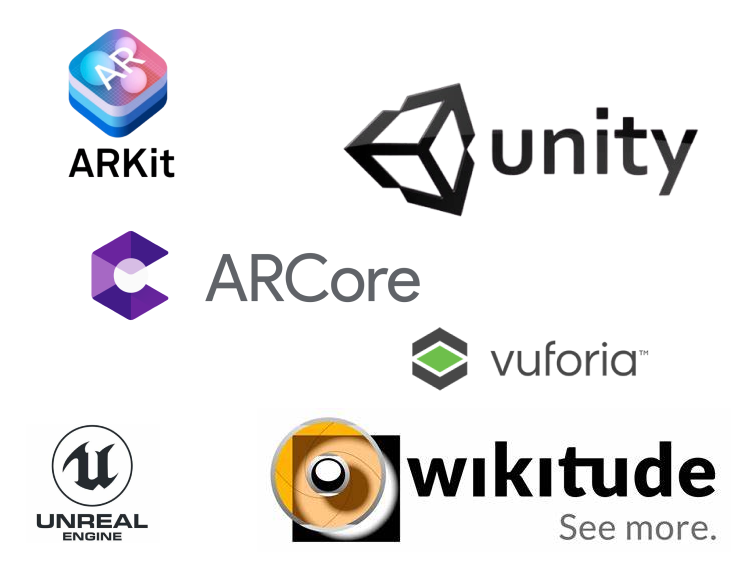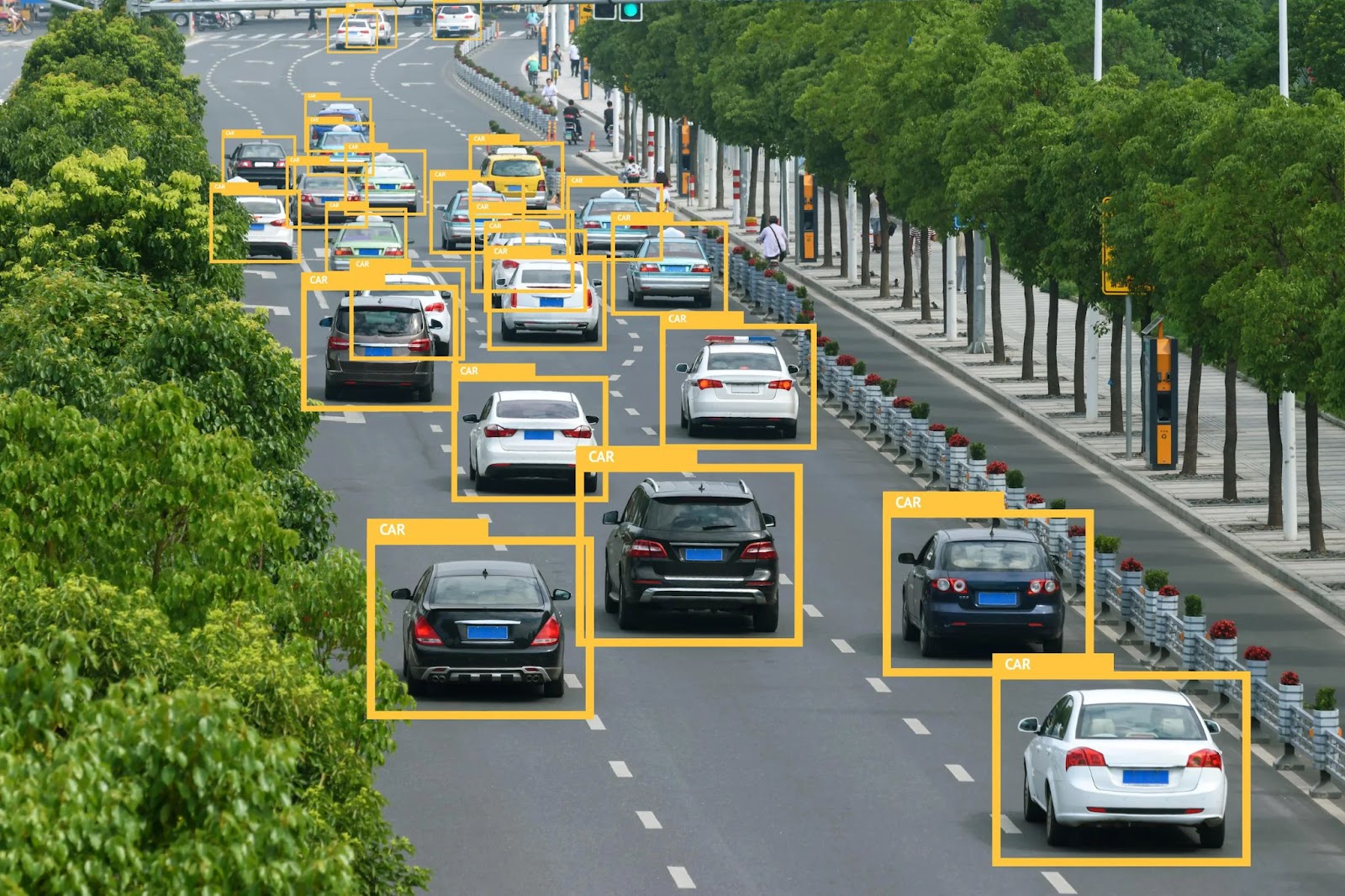
Augmented Reality overlays digital elements onto the real world, offering an enriched, interactive experience. With AR, users can see and engage with information, 3D models, and other digital content seamlessly integrated into their surroundings.


Our team is well expoesed with the platforms provide the foundation for building AR applications, offering tools for tracking, rendering, and integrating AR content into apps.
To experience AR, users rely on specialized hardware that supports AR technologies, such as:


These tools allow designers and developers to create 3D models, animations, and interactive content for AR applications.
These technologies allow AR systems to recognize and track objects, images, or environments to overlay digital content accurately.

AR applications often require cloud-based infrastructure for performance optimization, content delivery, and real-time collaboration.
Some AR apps use geolocation and environment mapping for location-based experiences.
User interaction with AR environments is crucial, and these tools allow for intuitive control and interaction with digital content.